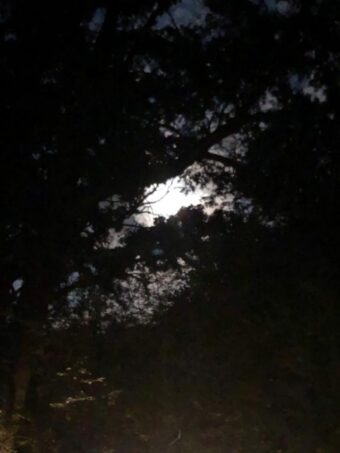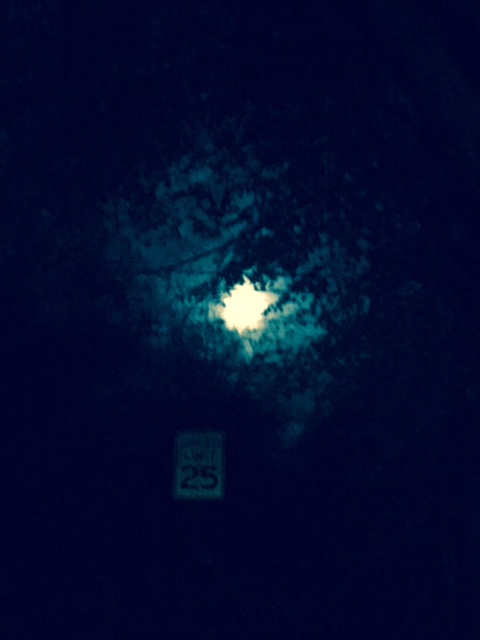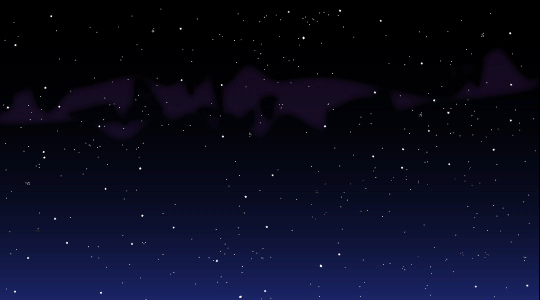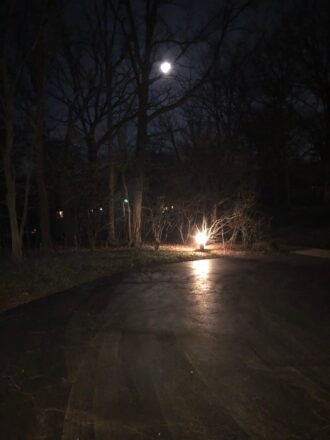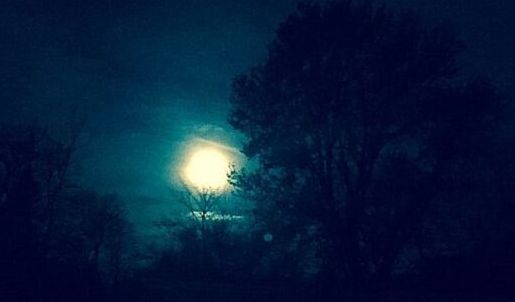
The June 2025 Full Moon already is full even though it is considered at its fullest or most illuminated at 3:44 a.m. Eastern Time on June 11.
The Moon appears full before and after its peak illumination and it will appear all night because Moonrise and Moonset happen at about sunset and sunrise.
Don’t expect it to be tinted pink even though it’s nickname is the Strawberry Moon. As with other full moon names it reflects what is happening in the season and wild strawberries ripen now.
Some Native American names are Berries Ripen Moon, Green Corn Moon, and Hot Moon but Celtic and Old English names include Flower Moon, Planting Moon, Horse Moon and Dyan Moon. Anglo-Saxons called it the Mead Moon when the meadows or meads are mowed.
June’s full Moon, considered the last Full Moon of Spring (or first of Summer), reaches peak illumination June 11 at 3:44 a.m. Eastern Time. See the Full Moon Calculator for your local time.
A Moon usually appears reddish when it’s close to the horizon because the light rays must pass through the densest layers of the atmosphere. Indeed, June’s full moon will be at its lowest point since 2006 because we’re in a lunar standstill.
A lunar standstill or lunistice is when the Moon reaches its furthest north or furthest south point during a month.
More info at Time and Date and Farmers Almanac

